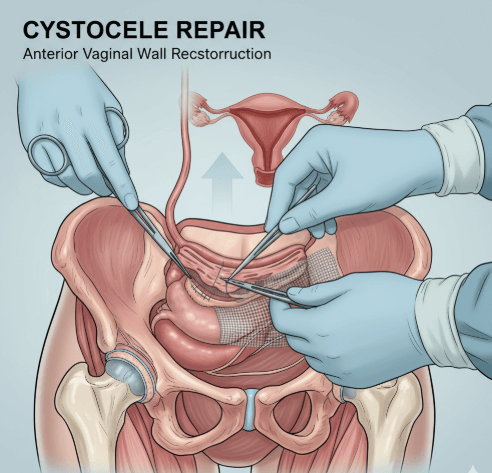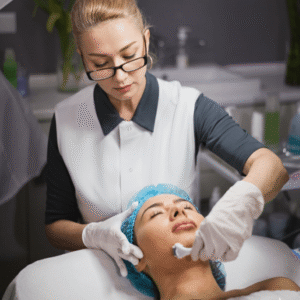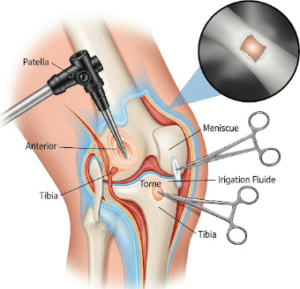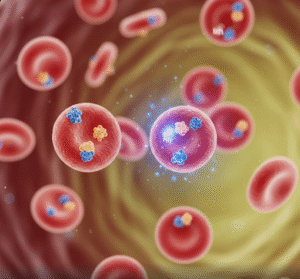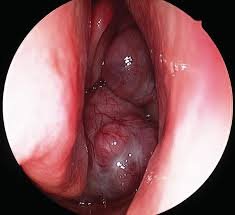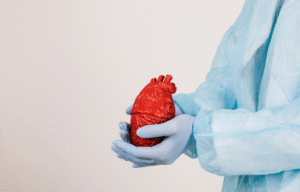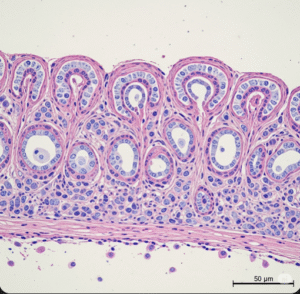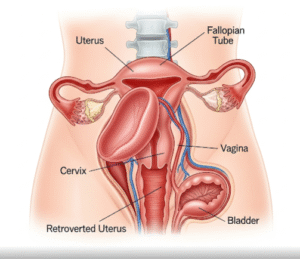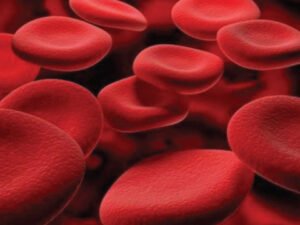What it is
A cystocele repair is a surgical or non-surgical procedure to correct a cystocele, which occurs when the bladder bulges into the vaginal wall due to weakened pelvic floor support. This condition is also known as anterior vaginal wall prolapse and commonly develops after childbirth, aging, menopause, or pelvic surgery.
In Korea, cystocele repair is performed using advanced minimally invasive techniques such as vaginal, laparoscopic, or robotic-assisted procedures, alongside conservative options like pessaries and pelvic floor therapy. The goal is to restore bladder support, relieve symptoms, and improve quality of life.
➡️ Key facts about cystocele repair:
- Restores the bladder to its normal position
- Strengthens the vaginal wall and pelvic floor structures
- Can be performed alone or with other prolapse or incontinence surgeries
Why it’s done
A cystocele can cause discomfort, urinary issues, and difficulty with daily activities. Repair is done when symptoms interfere with quality of life.
✔️ Medical reasons for repair include:
- Bulge or pressure in the vagina
- Urinary incontinence (leakage during coughing, sneezing, or exercise)
- Difficulty urinating or incomplete bladder emptying
- Recurrent urinary tract infections
- Pelvic pain or discomfort during activity or intimacy
✔️ Benefits of cystocele repair:
- Relieves urinary problems and restores bladder function
- Reduces pelvic pressure and discomfort
- Improves vaginal anatomy and sexual function
- Prevents worsening of prolapse and related complications
Alternatives
Not all women with a cystocele require surgery. Depending on severity, alternatives may be considered.
🔹 Lifestyle modifications:
- Weight management, avoiding heavy lifting, treating constipation
- Reduces pressure on the pelvic floor
🔹 Pelvic floor therapy:
- Kegel exercises, biofeedback, and electrical stimulation
- Strengthens support muscles to improve mild cases
🔹 Pessaries:
- Vaginal devices that support the bladder and vaginal wall
- Non-surgical option, especially for women who cannot undergo surgery
🔹 Observation:
- Mild, asymptomatic cases may only need monitoring
Preparation
Preparation ensures safety and success of the repair.
➡️ Medical preparation:
- Pelvic exam and imaging (ultrasound or MRI) to evaluate severity
- Urodynamic testing if incontinence is suspected
- Blood tests and anesthesia consultation for surgical cases
➡️ Personal preparation:
- Stopping blood-thinning medications if advised
- Fasting before surgery when general anesthesia is planned
- Arranging home support for recovery period
➡️ Mental preparation:
- Understanding treatment options and expected results
- Emotional readiness for temporary restrictions after surgery
- Counseling about intimacy, lifestyle changes, and recurrence prevention
How it’s done
Cystocele repair in Korea is performed with modern techniques, often minimally invasive.
✔️ Surgical approaches:
➡️ Anterior colporrhaphy (vaginal approach):
- Most common repair method
- Vaginal wall tightened and reinforced with sutures
- Mesh may be used in some cases for added strength
➡️ Laparoscopic or robotic-assisted repair:
- Small abdominal incisions made for instruments and camera
- Provides precision, less scarring, and quicker recovery
- Preferred for recurrent or severe prolapse
➡️ Combined procedures:
- Often performed with rectocele repair, uterine prolapse repair, or midurethral sling surgery if incontinence is also present
✔️ Step-by-step procedure:
- Anesthesia (regional or general) administered
- Vaginal or abdominal incisions made depending on approach
- Bladder repositioned and vaginal wall reinforced with sutures or mesh
- Additional repairs performed if needed
- Incisions closed with dissolvable sutures
✔️ Duration:
- Surgery usually lasts 1–2 hours
- Hospital stay: outpatient or 1–3 days depending on complexity
Recovery
Recovery depends on the approach but is usually smooth with modern surgical techniques.
➡️ Immediate recovery:
- Vaginal soreness, pelvic pressure, or mild bleeding
- Bladder catheter may remain temporarily after surgery
- Hospital monitoring for urinary function and infection
➡️ Physical recovery:
- Return to light activities in 2–3 weeks
- Full healing within 6–8 weeks
- Avoiding sexual activity, heavy lifting, and strenuous exercise until cleared by the doctor
➡️ Emotional recovery:
- Relief from bulge and urinary issues greatly improves quality of life
- Counseling available in Korean hospitals for intimacy concerns
- Many women report improved self-confidence after repair
➡️ Key recommendations:
- Adequate rest, hydration, and a high-fiber diet to prevent constipation
- Stool softeners may be recommended in early recovery
- Pelvic floor therapy after healing to prevent recurrence
- Attending regular follow-ups to monitor progress
Treatment option in Korea
Korea offers world-class urogynecology and pelvic reconstructive surgery, making it a leading destination for cystocele repair.
✔️ Hospital facilities:
- Equipped with robotic-assisted surgical systems for precision repairs
- Specialized urogynecology units for prolapse and incontinence care
- Comprehensive diagnostic and rehabilitation programs
✔️ Medical expertise:
- Surgeons experienced in both traditional and advanced laparoscopic/robotic repairs
- Personalized approach based on severity, age, and reproductive plans
- High success rates with low recurrence risk
✔️ Postoperative care:
- Integration of pelvic floor therapy into rehabilitation programs
- Lifestyle counseling to prevent prolapse recurrence
- Emotional and sexual health support for patients after repair
✔️ Cultural aspect:
- Korean healthcare emphasizes privacy, dignity, and holistic recovery
- Women often access Sanhujoriwon-style recovery centers for guided nutrition, rest, and rehabilitation after pelvic surgery
➡️ Highlight: Cystocele repair in Korea provides state-of-the-art surgical solutions, fertility-conscious care, and holistic recovery programs, ensuring women regain bladder health, pelvic stability, and overall confidence.

